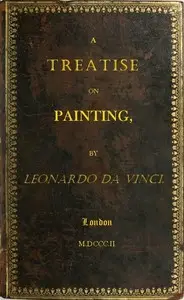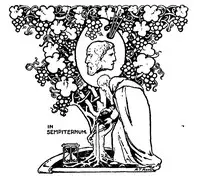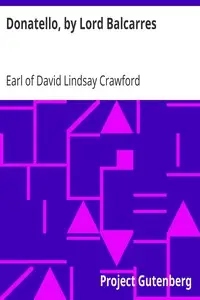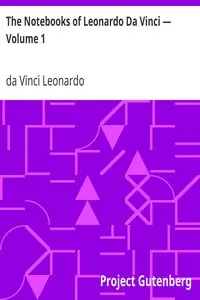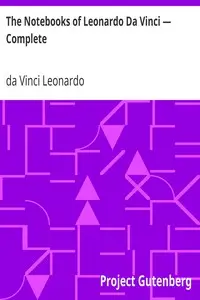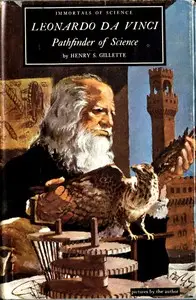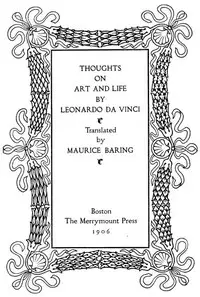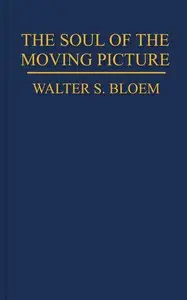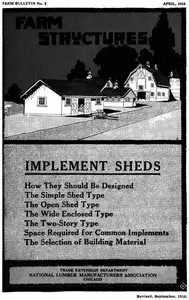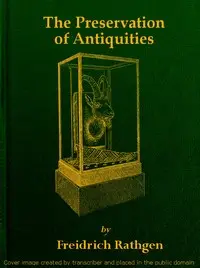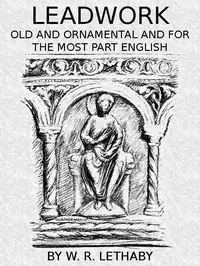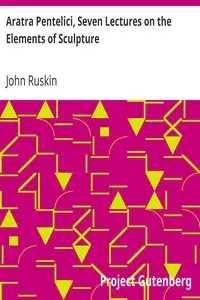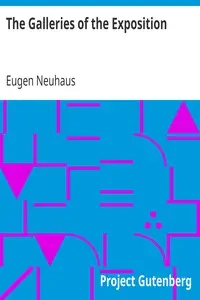"The Notebooks of Leonardo Da Vinci — Volume 2" by Leonardo da Vinci is a compilation of writings and drawings, primarily centered around art and science, created in the late 1400s and early 1500s. The book showcases Leonardo's thoughts and practices, especially his deep interest in sculpture, including his approaches to design, and building, especially the horse statue for Francesco Sforza. The book starts by talking about sculpture and gives a close-up view of his methods and problems when making the large horse statue. It looks at Leonardo's methods, and how he worked with clay models, thought about scale and movement for the statue. It shows his detailed sketches and how his design ideas changed, discussing the artistic principles with a connection between sculpture and painting.
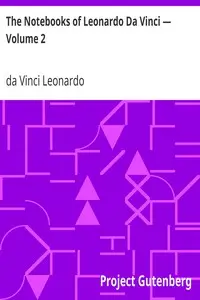
The Notebooks of Leonardo Da Vinci — Volume 2
By da Vinci Leonardo
A brilliant artist struggles with technical challenges and creative visions while trying to build a giant horse statue and document his methods for other artists.
Summary
About the AuthorLeonardo di ser Piero da Vinci was an Italian polymath of the High Renaissance who was active as a painter, draughtsman, engineer, scientist, theorist, sculptor, and architect. While his fame initially rested on his achievements as a painter, he has also become known for his notebooks, in which he made drawings and notes on a variety of subjects, including anatomy, astronomy, botany, cartography, painting, and palaeontology. Leonardo is widely regarded to have been a genius who epitomised the Renaissance humanist ideal, and his collective works comprise a contribution to later generations of artists matched only by that of his younger contemporary Michelangelo.
Leonardo di ser Piero da Vinci was an Italian polymath of the High Renaissance who was active as a painter, draughtsman, engineer, scientist, theorist, sculptor, and architect. While his fame initially rested on his achievements as a painter, he has also become known for his notebooks, in which he made drawings and notes on a variety of subjects, including anatomy, astronomy, botany, cartography, painting, and palaeontology. Leonardo is widely regarded to have been a genius who epitomised the Renaissance humanist ideal, and his collective works comprise a contribution to later generations of artists matched only by that of his younger contemporary Michelangelo.

